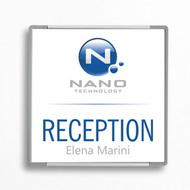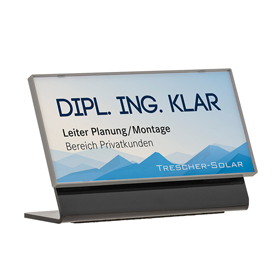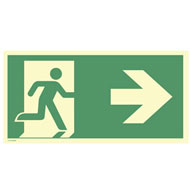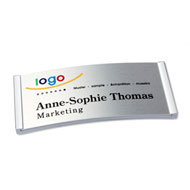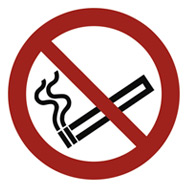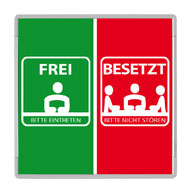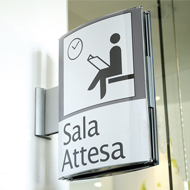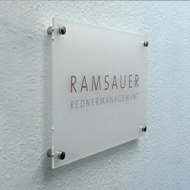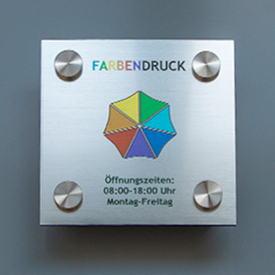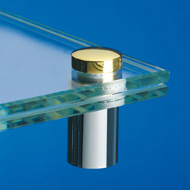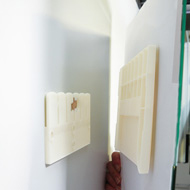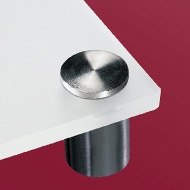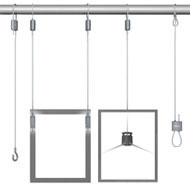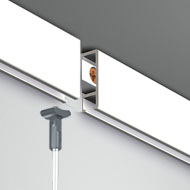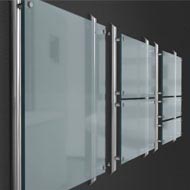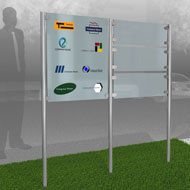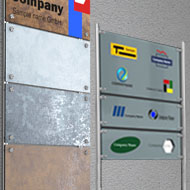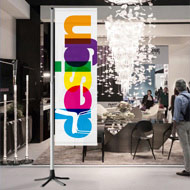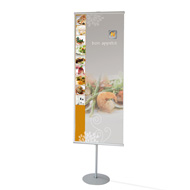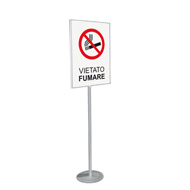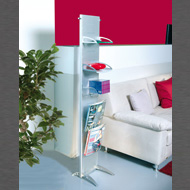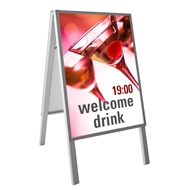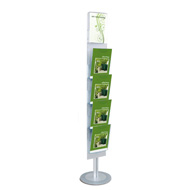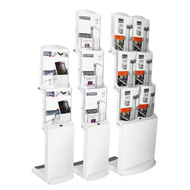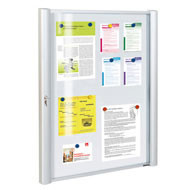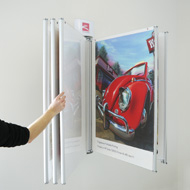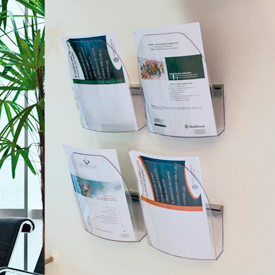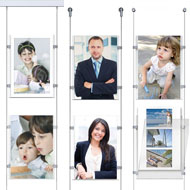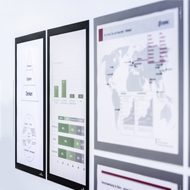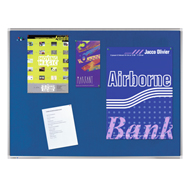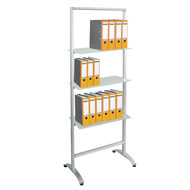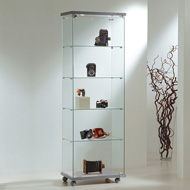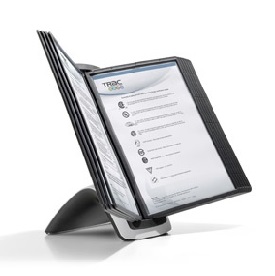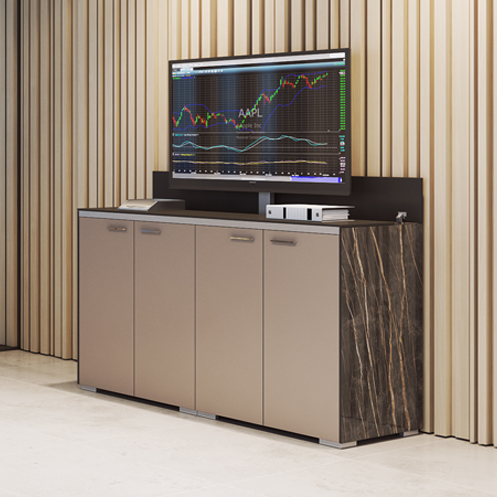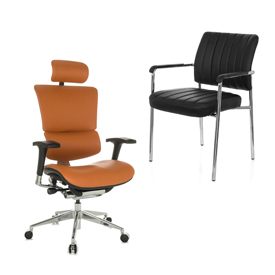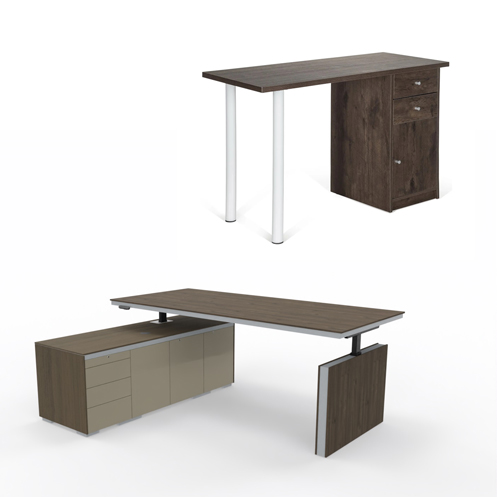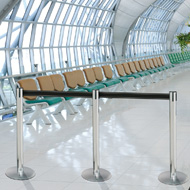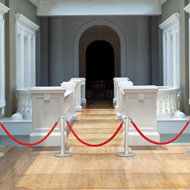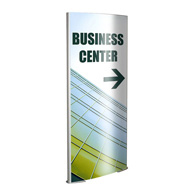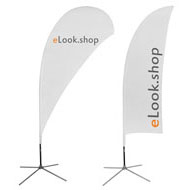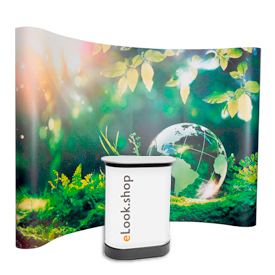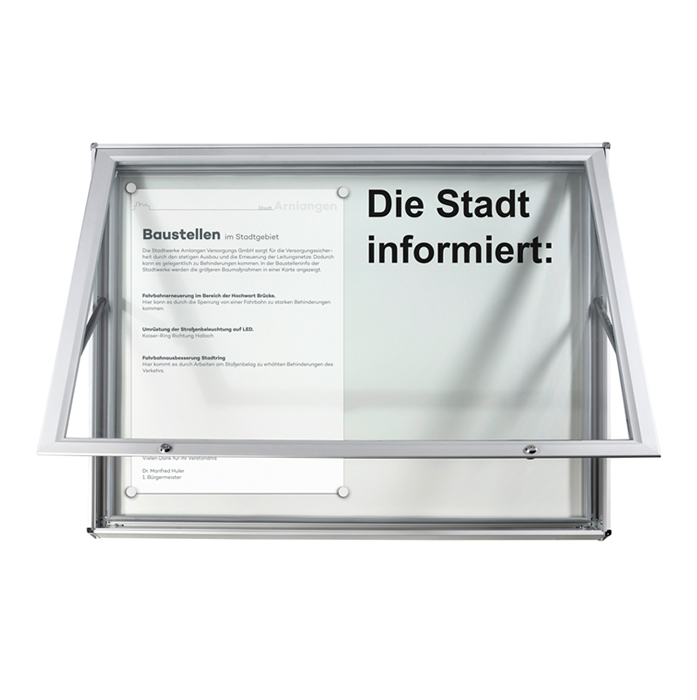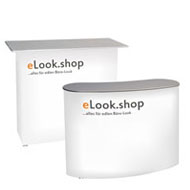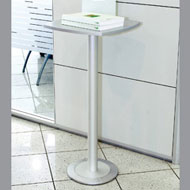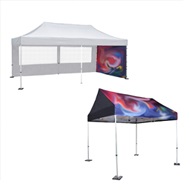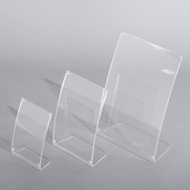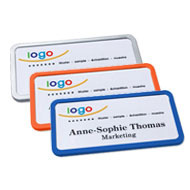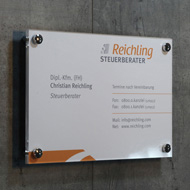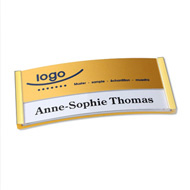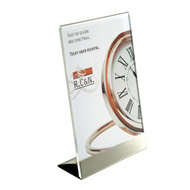Increase sales through sweepstakes and sweepstakes
Friday, May 1, 2020
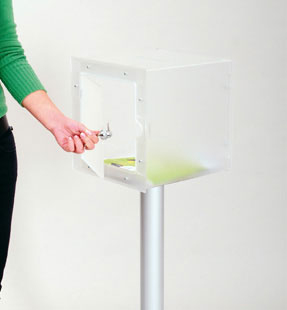 Since October 5, 2010, competitions have gained in importance in sales promotion, because the Federal Court of Justice has lifted the general ban on linking competitions and a necessary purchase . That makes such actions very interesting.
Since October 5, 2010, competitions have gained in importance in sales promotion, because the Federal Court of Justice has lifted the general ban on linking competitions and a necessary purchase . That makes such actions very interesting.Lifting of the ban on coupling
Section 4 No. 6 of the Act Against Unfair Competition ( UWG ) prohibited the coupling of sales with profits, because it declared that it was unfair to make the participation of consumers in a competition or sweepstakes dependent on the purchase of goods or the use of a service .This meant that you could only indirectly influence sales with competitions. Of course, any sweepstakes related to a product or brand is excellent promotion. This always serves to promote sales.
But a resounding success has only been possible since the BGH ruling (I ZR 4/06). Section 4 of the UWG violated Directive 2005/29/EG of the European Parliament and of the Council of May 11, 2005. Nevertheless, it still took until December 9, 2015 for the relevant paragraph to disappear from the German statute books.
What you have to consider in the case of a sweepstakes linked to a purchase
The provisions of Section 3, Paragraph 2, Clause 3 of the UWG continue to apply, as does the requirement that a sweepstakes must not violate professional diligence . This is especially true when the consumer's ability to make a transactional decision is significantly affected.A good example of the limits for sweepstakes is the verdict on the "Goldbärenbarren" of December 12, 2013. Only the last instance decided that this competition is permissible. The justification explains to a large extent when a combination of purchase and competition is inadmissible :
- Advertising encourages particularly vulnerable people, such as children, to participate;
- Making false claims about the amount of the prize or the odds of winning;
- The expected price is such that the customer bases his purchase decision on the profit and not on the product;
- The cost of entering the sweepstakes will be disguised.
Usual sweepstakes, such as a winning code in the cap or a lottery ticket under the cap, are usually unproblematic as long as you do not make any false claims in the advertising. Example:
- Forbidden: In every third bottle there is a voucher for a trip around the world.
- Correct: In every third bottle there is a winning ticket for participation in a raffle for...
Rapid sales increases are to be expected
Sweepstakes, which offer the prospect of an attractive prize, are very attractive to most consumers. You can be sure that customers are more likely to reach for your product during the campaign than for a comparable product from the competition . Depending on the attractiveness of the price, consumers who usually rarely buy it will also choose the product. Example: a winning code in the lid of a cola bottle also encourages people who usually prefer other drinks to drink cola.Set clear framework conditions
In anticipation of the large turnover, retailers usually stock up generously on the products because they want to satisfy the demand. Even with a good sale, hardly all products with a profit option will be sold. Therefore, you set a time frame for the competition . Otherwise you will sometimes be bombarded with profit requests even years later.Take clear measures to prevent consumers from avoiding the purchase and still entering the sweepstakes . Codes in the caps of bottles and prize coupons, which can be found under the seal of the packaging, usually do not require any further protection. The situation is different with stickers on the outside of the product. Here it makes sense that the buyer has to prove the purchase via the receipt.
Big prices - small prices
If you want to increase sales with sweepstakes and other prize campaigns that are linked to the purchase, I should think about the prizes offered. Should there be a few big prizes or many small ones ?As already explained, the profit must not noticeably affect the customer in his decision whether he wants to buy a product or not. He must retain his impartiality and freedom of decision. There is no clear limit as to the value from which there is a psychological compulsion to buy. A ticket to an important football game, for example, costs less than a car but has a higher incentive.
The assessment of when there is a psychological compulsion to buy must always be made on a case-by-case basis. In the case of valuable prizes, there is more of a risk of warnings from competitors or competition clubs, as these could influence the customer's freedom of decision too much. In addition to a severe fine, this can also mean the immediate termination of the competition.
If you award many small prizes , this risk does not exist, but the incentive to buy is also lower. On the other hand, many buyers experience a reward shortly after the purchase. The customer associates a sense of achievement with the purchase, and that makes a lasting impression. Long after the purchase, he will associate a positive feeling with the product and will be happy to buy it again and again. Good profits are commodities that are not common merchandise. Only those who take part in the competition will be able to own the unique products.
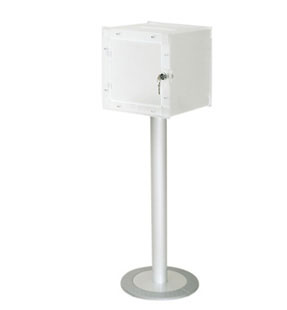
Contests that are not linked to any act of purchase
Although the coupling of purchase and competition leads to a rapid increase in demand and a lasting effect can also be expected, competitions without the act of purchase are also useful. This is especially true when writing a set of solutions that includes a positive feature of the product. Sentences like "...chocolate melts gently on the tongue" or "...refreshes me immediately" remind the customer of the joy of enjoying a certain product. This creates a desire to own it.Sweepstakes at trade fairs or on open house days are very popular. For example, your guests and visitors can put their admission tickets or filled-in sweepstakes tickets into a raffle box and the winners will be drawn at the end of the event.
